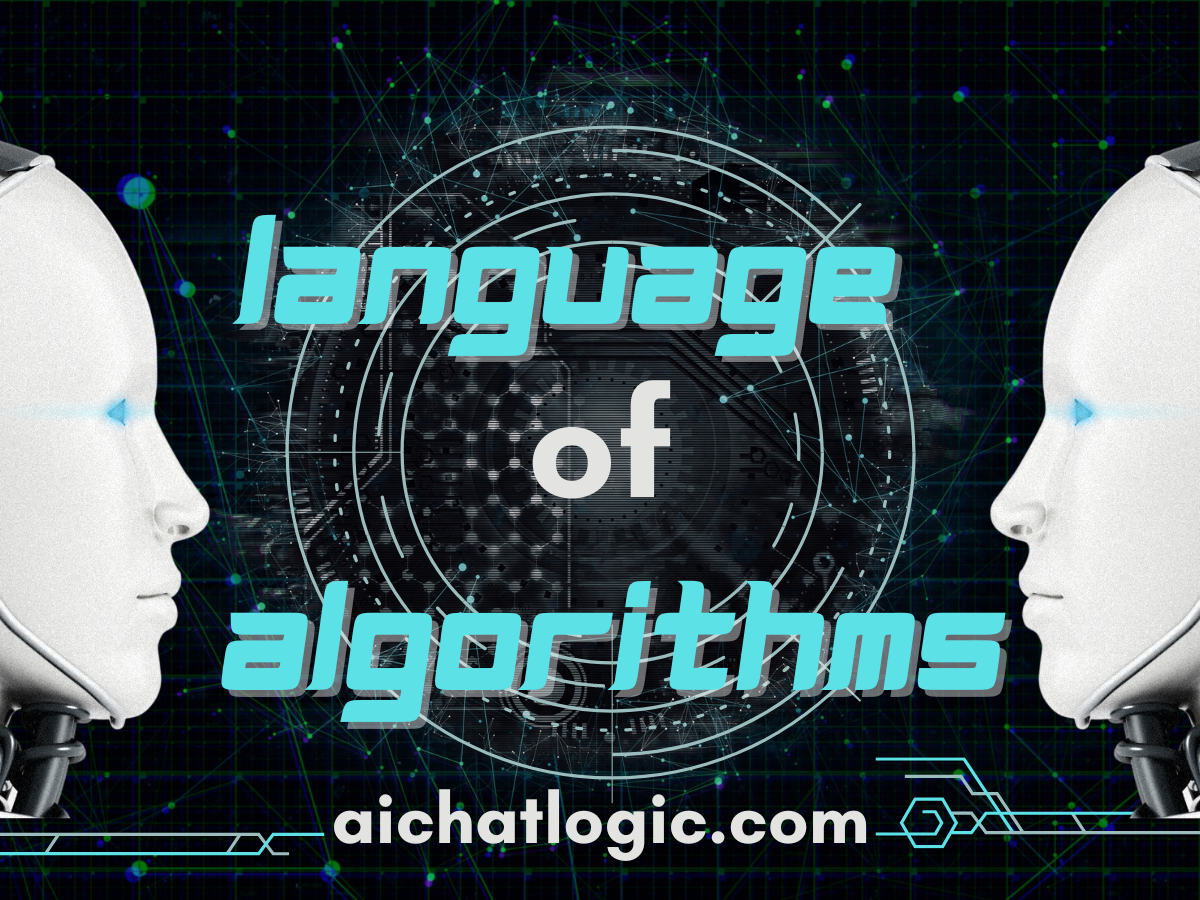Introduction
Artificial Intelligence (AI) has rapidly advanced in recent years, enabling machines to understand and respond to human language with remarkable accuracy. At the heart of this capability are algorithms, powerful sets of instructions that enable computers to perform specific tasks. In this article, we will explore the language of algorithms, how AI models comprehend and interact with human language, and the implications of this technology in various fields.
Understanding Algorithms
Algorithms are the backbone of AI systems. They are step-by-step procedures designed to solve problems or achieve specific objectives. When it comes to language understanding, algorithms play a vital role in processing and interpreting human speech or text. By utilizing complex mathematical computations and patterns, algorithms can extract meaning and context from linguistic inputs.
How AI Models Learn
AI models learn through a process called machine learning. These models are trained on vast amounts of data, enabling them to recognize patterns, identify relationships, and make predictions. Through a combination of supervised and unsupervised learning techniques, AI models can understand and respond to human language more effectively.
Natural Language Processing and AI
Natural Language Processing (NLP) is a branch of AI that focuses on the interaction between computers and human language. It encompasses various tasks, such as text classification, sentiment analysis, and language translation. NLP techniques enable AI models to understand, interpret, and generate human-like language.
Language Understanding Algorithms
Language understanding algorithms are a key component of NLP systems. These algorithms utilize statistical models and linguistic rules to process textual data and derive meaning from it. They analyze sentence structure, identify parts of speech, and extract relevant information to comprehend the intended message.
Neural Networks and Language Processing
Neural networks play a significant role in language processing. They are a class of AI models inspired by the structure and function of the human brain. Neural networks excel at tasks like language translation, sentiment analysis, and question-answering by processing input data through interconnected layers of artificial neurons.
Training AI Models
Training AI models requires large amounts of data annotated with human-generated labels. This labeled data helps the models learn patterns and associations between words, phrases, and context. By training on diverse datasets, AI models can develop a broader understanding of language and improve their ability to respond accurately.
The Role of Data in Algorithmic Understanding
Data serves as the lifeblood of algorithmic language understanding, directly impacting the language comprehension capabilities of AI models. The quality, diversity, and quantity of data used to train these models play a crucial role. Having access to vast datasets ensures exposure to various linguistic patterns, nuances, and contexts, enabling AI models to respond more intelligently.
Algorithmic Decision Making
Language understanding algorithms also have implications for decision-making processes. AI models can analyze text to make informed judgments, such as sentiment analysis in customer feedback or evaluating the relevance of information in search engine algorithms. However, ethical considerations are crucial to ensure fairness, transparency, and accountability in algorithmic decision-making systems.
Ethical Considerations in Algorithmic Language Understanding
As algorithms play an increasingly prominent role in language understanding, ethical concerns arise. Bias, privacy, and the potential for misuse are critical considerations. It is essential to address these issues to ensure that AI systems are developed and deployed responsibly, taking into account the potential impact on individuals and society.
Challenges and Limitations
Although AI models have made significant progress in language understanding, challenges and limitations persist. Ambiguity, context sensitivity, and the understanding of nuanced language remain areas of ongoing research. Achieving human-level comprehension and overcoming these challenges are essential for the widespread adoption of AI language understanding technologies.
Advancements in Algorithmic Language Understanding
The field of algorithmic language understanding is continuously evolving. Researchers and engineers are developing novel approaches to enhance language models’ capabilities, including more efficient training methods, better handling of rare or ambiguous words, and increased contextual awareness. These advancements open up new possibilities for AI applications across various industries.
The Future of Algorithmic Language Understanding
The future of algorithmic language understanding is promising. As AI models become more sophisticated and data continues to expand, we can expect more accurate and contextually aware language comprehension. This progress will revolutionize human-machine interactions, fueling advancements in virtual assistants, chatbots, and other AI-powered applications.
Conclusion
The language of algorithms is the key to unlocking the power of AI models in understanding and responding to human language. Through a combination of advanced algorithms, machine learning techniques, and vast datasets, AI models are becoming increasingly proficient at comprehending and generating human-like text. However, ethical considerations and ongoing research are crucial to ensure responsible and unbiased language understanding algorithms.
FAQs
Q1: Can AI models understand multiple languages? Yes, AI models can be trained to understand and process multiple languages. By leveraging multilingual datasets and training techniques, AI models can comprehend and respond to various languages with varying degrees of proficiency.
Q2: How do language understanding algorithms handle sarcasm and irony? Language understanding algorithms face challenges in interpreting sarcasm and irony due to their contextual nature. While researchers are actively exploring methods to improve comprehension in these areas, current models may struggle to accurately identify and interpret sarcasm or irony.
Q3: Are there any risks associated with algorithmic language understanding? Algorithmic language understanding can pose risks if not implemented responsibly. These risks include bias in decision-making, privacy concerns, and potential misuse of language processing technologies. Ethical guidelines and frameworks are essential to address these risks effectively.
Q4: Can AI models learn new languages on their own? AI models require training data in a specific language to learn and understand it. While they can generalize language patterns, they typically require human-labeled data to acquire proficiency in a new language.
Q5: What are some practical applications of algorithmic language understanding? Algorithmic language understanding has numerous practical applications, such as virtual assistants, automated customer support, sentiment analysis, language translation, and content generation. These applications enhance user experiences and streamline various tasks.












+ There are no comments
Add yours